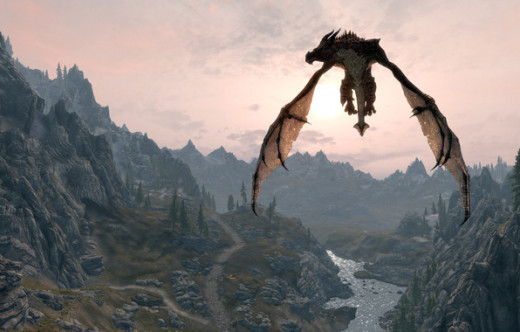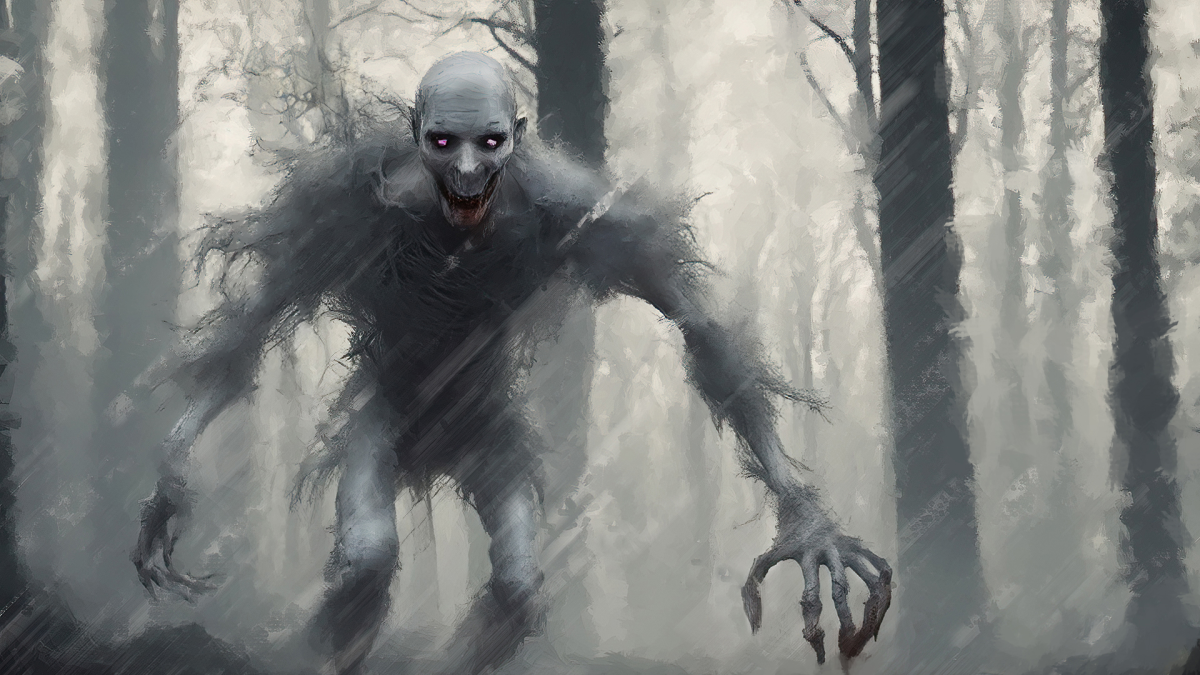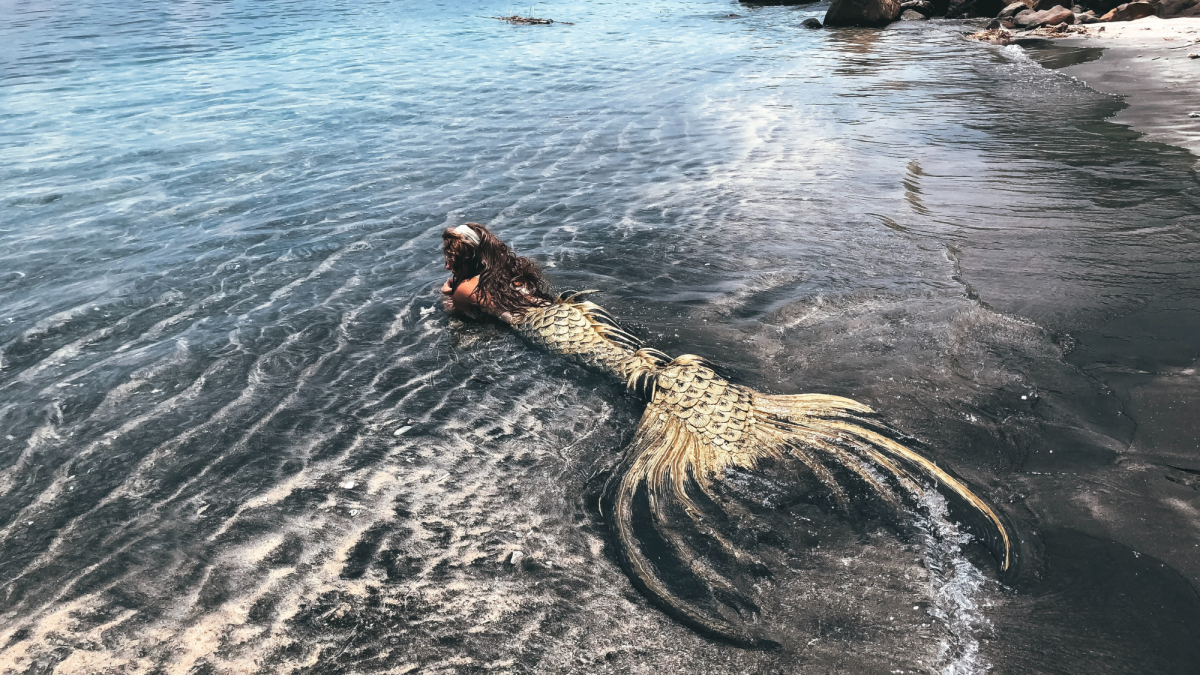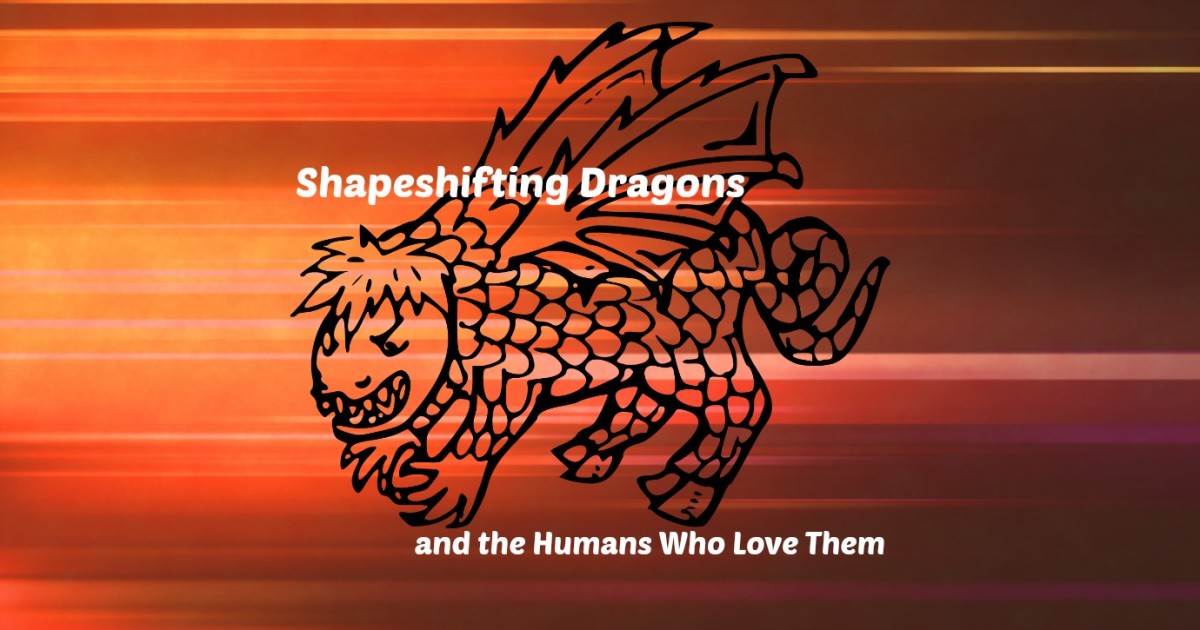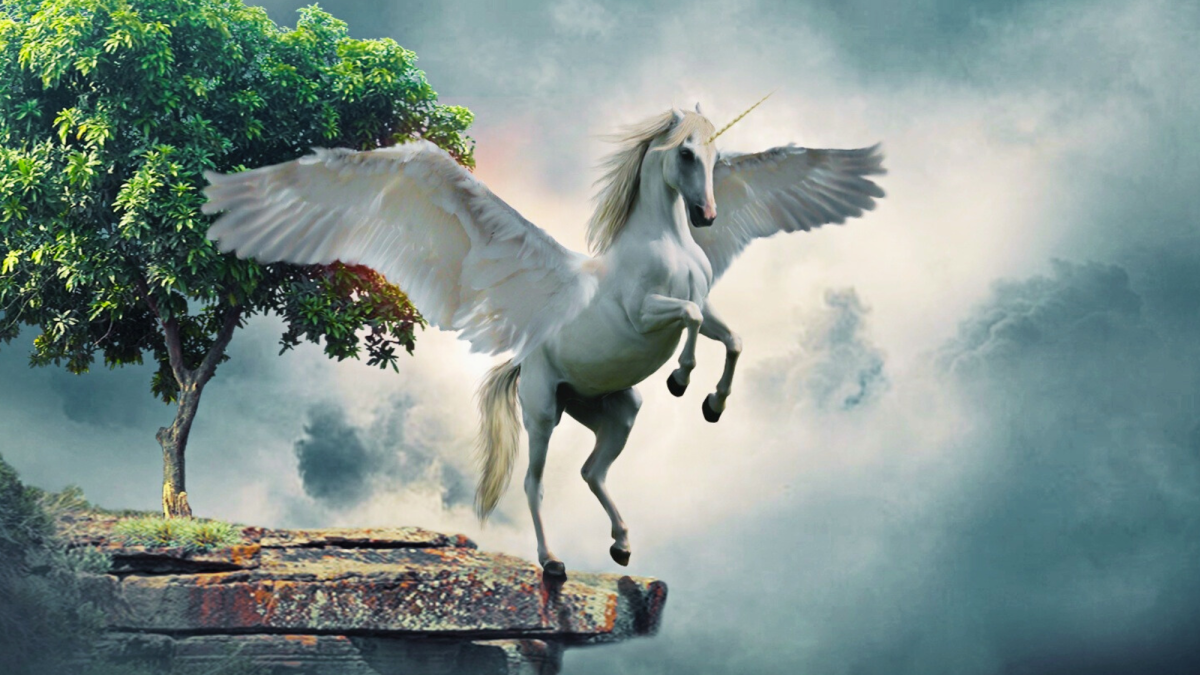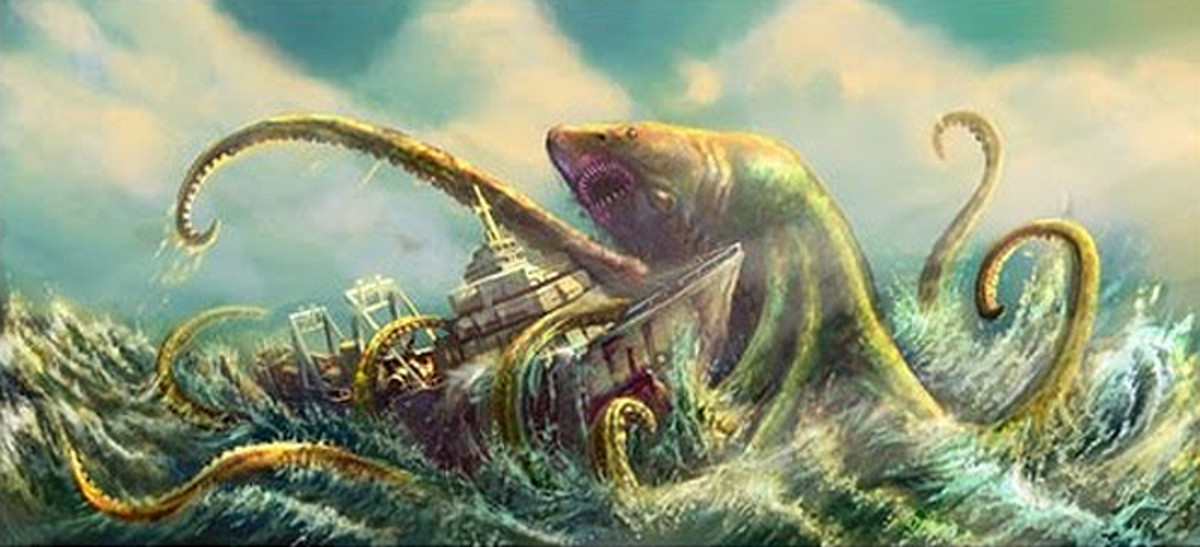- HubPages»
- Education and Science»
- Sociology & Anthropology»
- Folklore & Mythology»
- Legendary Creatures & Cryptids
Mythical Creatures - Dragon (Origin)
Dragons have been around for so long that it's hard for us to know where they first came from. Could they have been real, once?
Dragons

Real
Some scientists have suggested that dragons — or something similar to them — could have been real at one point in time. It does seem odd that dragons have not only been around for centuries — they are mentioned in the Bible and by the Greeks and Sumerians — but 'exist'all over the world.
More recently, Animal Planet has created a documentary exploring this theory. (You can see the trailer on the Animal Planet website or buy it on Amazon.) They used CGI animation to show how dragons could have looked and acted, had they ever existed, while also following the story of a scientist (Dr. Tanner) who believes in dragons and has spent years trying to prove that they were real. When the frozen remains of a new creature are discovered in the Carpathian Mountains he set out in an attempt to save his reputation. Once they discover that the skeleton did belong to a dragon, he and his team started trying to figure out how it lived and died.
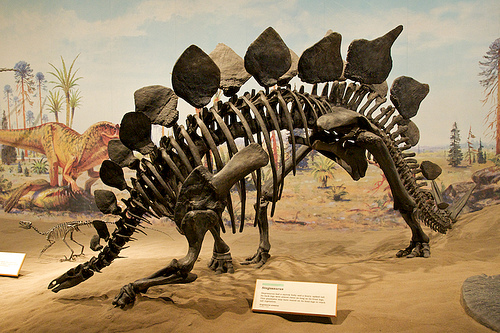
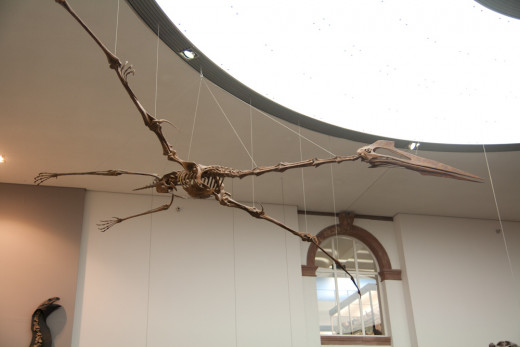
Dinosaurs
It's likely that ancient peoples could have discovered dinosaur skeletons uncovered by wind and rain and mistaken them for powerful flying beasts. One potential area for these sightings would be in the desert along the Silk Road. Merchants could have seen the skeletons and brought the legend with them to wherever they stopped along the way. They could have found some skeletons, like stegosaurus (which had powerful armor/plating on their backs) and pterodactyls (which had wings) and through repeated retelling been unable to tell the difference and merged them together into the dragon we know today. Fossils would have existed around the world, which would explain why the legend of the dragon existed nearly everywhere that humans did, from the Aztecs to the Greeks.

Crocodiles, Lizards, and Whales
It is possible that dragons were inspired by animals that humans saw around them. Three possible sources are Nile crocodiles, Goanna lizards, and beached whale skeletons.
Crocodile
Nile crocodiles are native to sub-Saharan Africa, but historical evidence suggests that their range was much further. They may have inspired some legends by swimming across the Mediterranean into Italy and Greece.
Lizard
Goanna lizards, which are native to Australia, may be another culprit. These large, predatory, poisonous creatures with razor-sharp teeth and claws were important in Aboriginal culture, and may have inspired at least some part of the dragon legend.
Whale
Ancient humans discovering whale bones wouldn't have been able to understand that they were oceanic creatures. The creatures — which spent most of their time underwater — were very poorly understood until very recently. Humans may have taken their size to mean that they were predatory creatures.
Whatever the source, dragons are an integral part of human history. Ancient civilizations from the Chinese to the Egyptians have long believed in these powerful creatures. Even today some people believe that they still exist. It's possible that somewhere, in some hidden corner of the world, they do.
